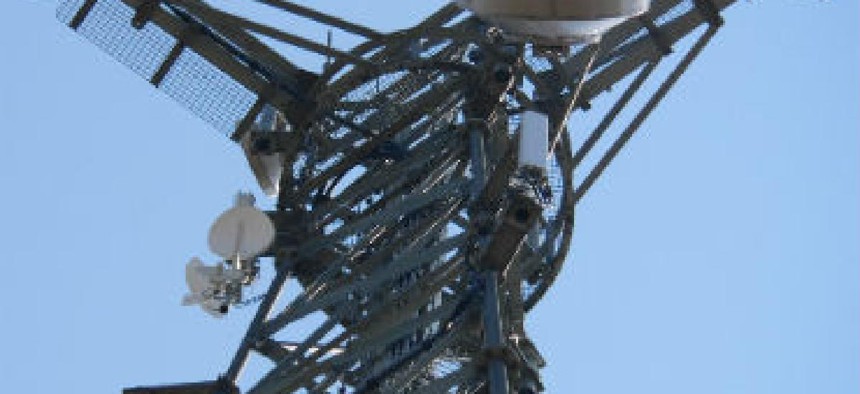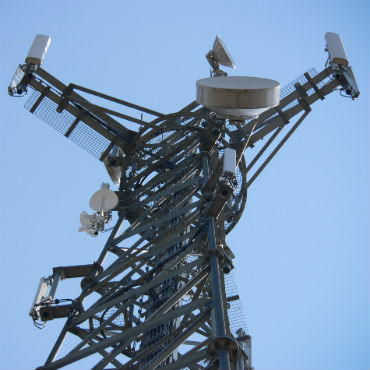House panel seeks new rules for Stingrays

Technology used by law enforcement agencies to track the location of a cell phone needs to be better regulated, a House report concluded.

A bipartisan report released Dec. 19 by the House Committee on Oversight and Government Reform calls for standards on when law enforcement agencies should be allowed to use cell-site simulation technology -- known as Stingrays -- and calls on one federal agency to retire its unused device.
This technology has been available for years and has met with harsh criticism from privacy advocates. The suitcase-sized devices are used to track mobile phone locations and unique identifiers by emitting a signal like a cell phone tower.
Law enforcement agencies often use Stingrays to track a specific known phone, but the technology also can be used to identify unknown devices using a known location. A report in Wired confirmed the American Civil Liberties Union claims that some devices have the ability to record calls and text messages if the proper approvals are given.
The Oversight report for the first time offers something like a census of Stingrays owned by the federal government. Finding out which law enforcement agencies currently have Stingray technology is notoriously difficult because of non-disclosure agreements that the FBI and the companies selling the device have asked users to sign.
The Department of Justice has 310 of the devices, while the Department of Homeland Security has 124. Together, the two federal law enforcement agencies spent just shy of $100 million on the devices between 2010 and 2014. The report found a wide variance on the price of individual devices, from $41,500 up to $500,000 for a single cell-site simulator.
The report also noted that the non-disclosure agreements were interpreted so strictly that the FBI could compel a local or state law enforcement entity to "dismiss a criminal case….rather than produce information that could compromise the devices."
The report advises that such non-disclosure agreements should be replaced with practices "of clarity and candor" toward the court when a Stingray is involved in a case. Law enforcement agencies should also be upfront about their use of the technology with the court, the report recommends.
The new report raises constitutional questions over the standard of evidence typically required to deploy these devices, and discusses their potential to infringe on first and fourth amendement rights. It calls on Congress to pass legislation that would set up a legal framework establishing when law enforcement agencies can obtain and use geolocation data in an investigation.
The report singled out the Treasury Inspector General for Tax Administration for being the only office of inspector general, out of 24 federal agencies queried by the Committee, to have Stingray technology. The TIGTA spent hundreds of thousands of dollars on the device but has never used it, according to the report.
"Given the amount of money spent, the fact that no other IG owns a device, and the device has not been used, TIGTA should strongly consider decommissioning the device it has and agree to not acquire any cell-site simulators in the future," the report reads.
The House Oversight and Government Reform Committee began looking into Stingray technology more than a year ago when its Information Technology Subcommittee held a hearing on the subject.
This October, a group of U.S. Senators asked Tom Wheeler, chairman of the Federal Communications Commission, to answer questions about complaints that Stingray use might violate the Communications Act.
NEXT STORY: Consolidation could be coming to federal radar


